Few days back when a little child wearing a Google Glass came to me and asked if he can measure the speed of a flying bird captured in the Glass. I was amazed by his question. It turned up to me as a good sign of how we are taking technology of late and wearable technology undoubtedly adds to this idea most fascinatingly.
For everyone out there, wearable technology is a mark of revolution. It has not just changed the way things are being measured and done but also how technology ideas are created and implemented. In case of health and fitness, wearable technology has a lot to do, far beyond the conventional boundaries.
Just think about a typical day at work. You don’t always get time to keep a watch on your health. A wearable gadget reads your health all the time, without having to be handled or controlled by an expert. If we talk about the possibilities of implementing wearable technology, it’s endless.
It went on creating big news back in year 2012 when FDA approved Ingestion Event Marker (IEM) that checks data in body to make sure that it is undergoing proper medication. The Freescale KL02 chip further made it work even better. It is designed to be swallowed by the patient or simply implanted to the diseased organs, allowing a flawless bio-reading on Wi-Fi connectivity.
You can always think about impossible turning true with wearable technology catching trends. A good example is as unusual as ‘you can grow an eye back’. Yes, you can implant an artificial eye with the help of a miniature camera. Being tried and implemented at a large scale, this is something that has truly made wearable technology being treated as a mainstream innovation in healthcare.
Another story covered by British media revels a study done at Liverpool John Moore University. This is about a patented technology on wireless sensors that can be woven into clothing. Powered by this technology any piece of cloth worn on body can seamlessly monitor and measure your vital signs, body oxygen levels, temperature and transfer all data in real-time remotely. The sensors used are tested and validated by other industry verticals like sports and defense.
For those who are seeking pain relief, there’s something of great use. You can now have something designed for portable pain relief. Consider using it just by putting something on your pain area just like you put a bandage on a cut. This technology comes with the name Transcutaneous Electrical Nerve Stimulation (TENS) and is available to you with integrated Bluetooth connectivity and even a smart phone app for pain tracking and treatment.
This clearly depicts, with the Internet of Things, you are able to do many jobs of a doctor diagnosing health conditions and disease factors and treating them in time. Most of them go beyond conventional cases and treat chronic conditions with real ease.
As per ABI Research, the amazing efforts being put by healthcare professionals and technology experts from all over are going to reach a tremendous score of 170 million by 2017. This includes a range of healthcare devices and potential new designs that could be in a form of health and fitness monitors, smart glasses, watches, clothing or cameras and even jewelries.
A tip of iceberg! With wearable technology growing so big every minute, this is just the opening and you can expect a lot coming in with amazing packages of health utility and benefits for a health-filled life.

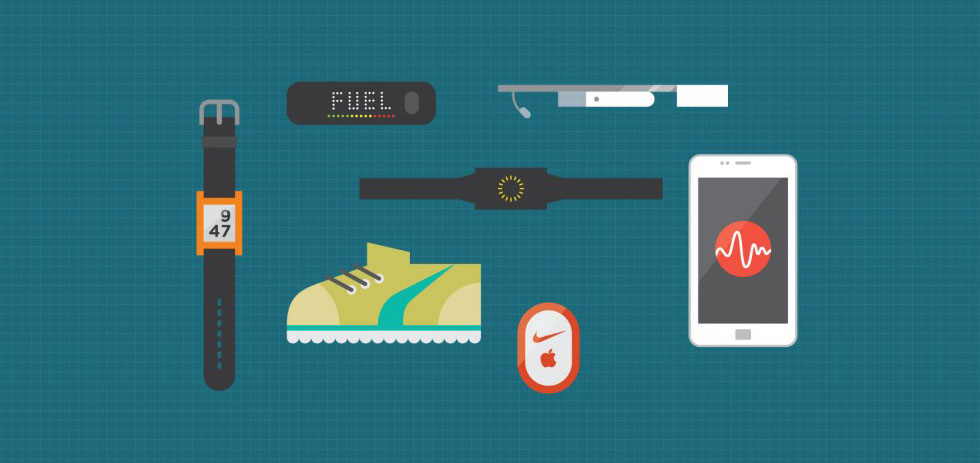

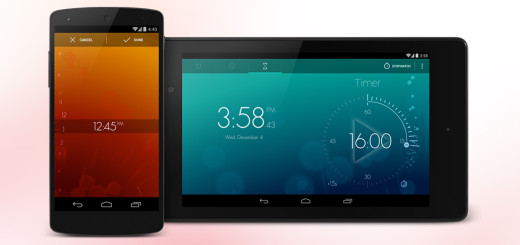

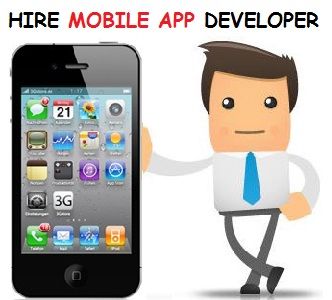
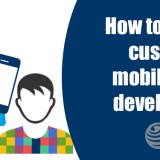

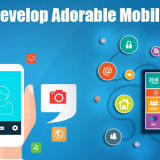

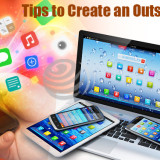
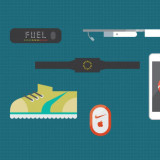
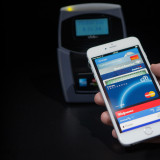
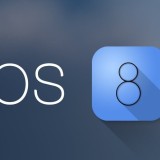

I am genuinely thankful to write up a great post regarding wearable technology. I am fan of wearable gadgets and i find it a boon for healthcare organizations and people too.
Nice website, I really enjoy reading your articles. Keep up the goodwork!